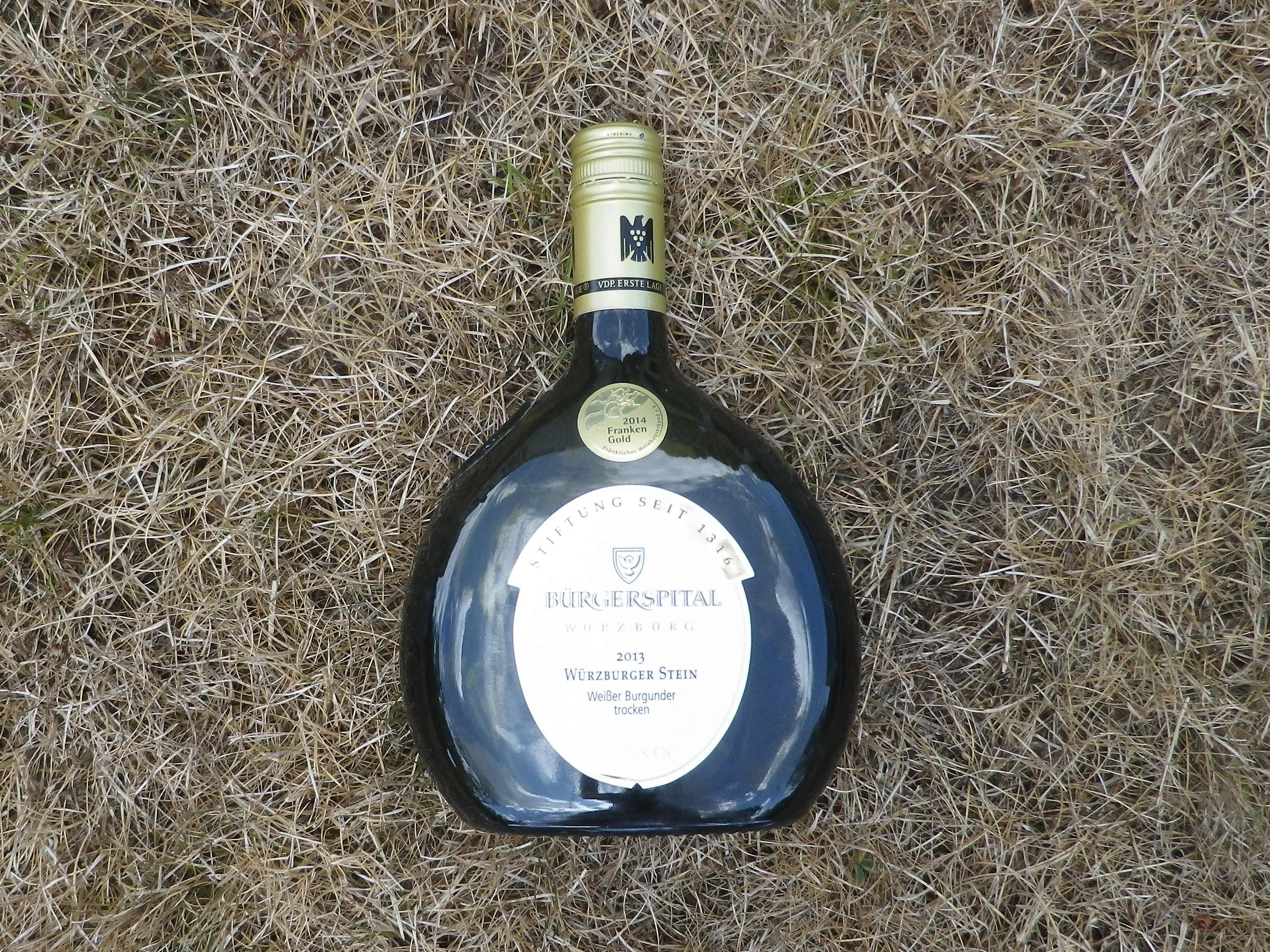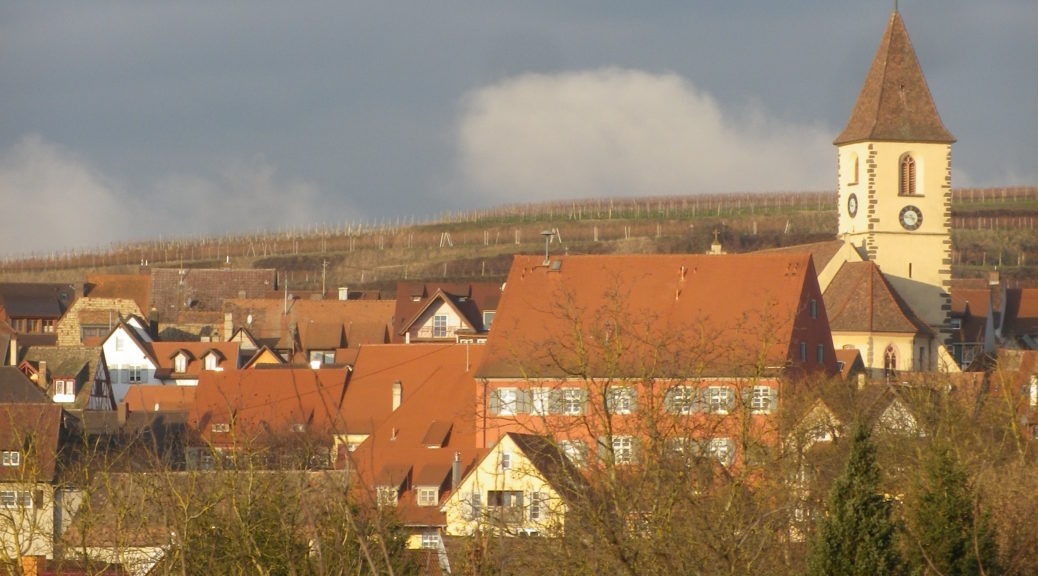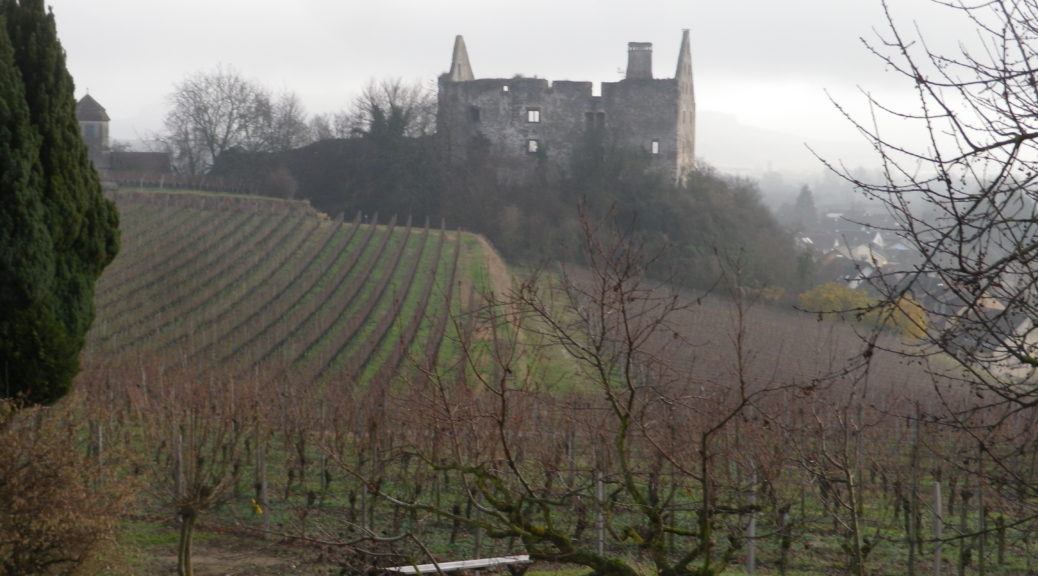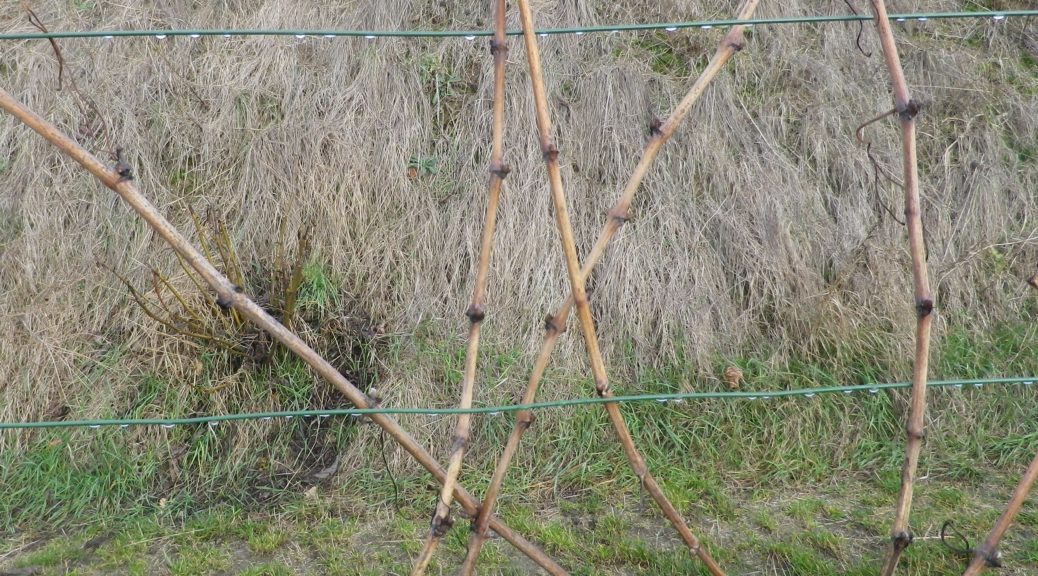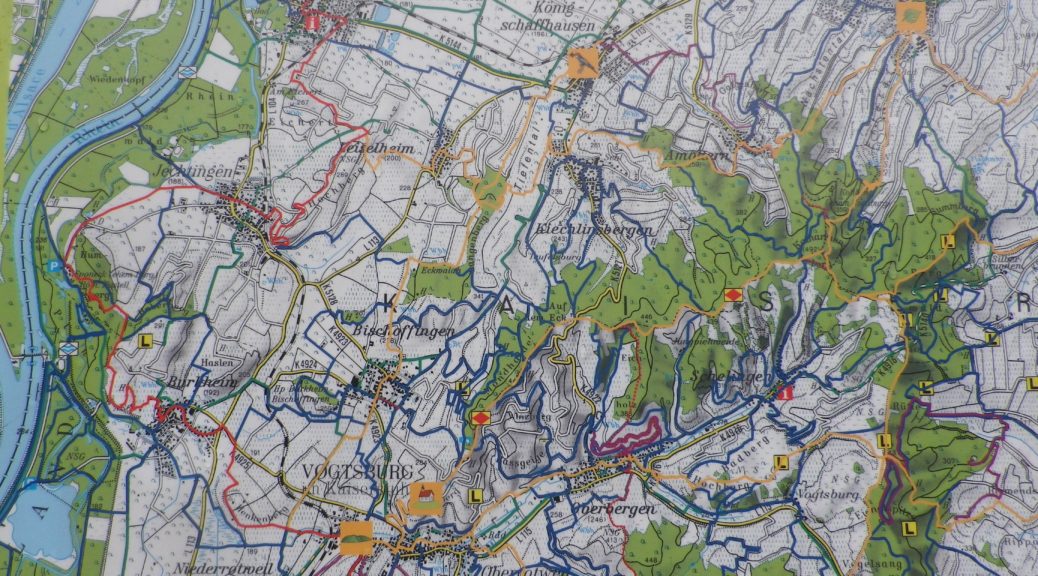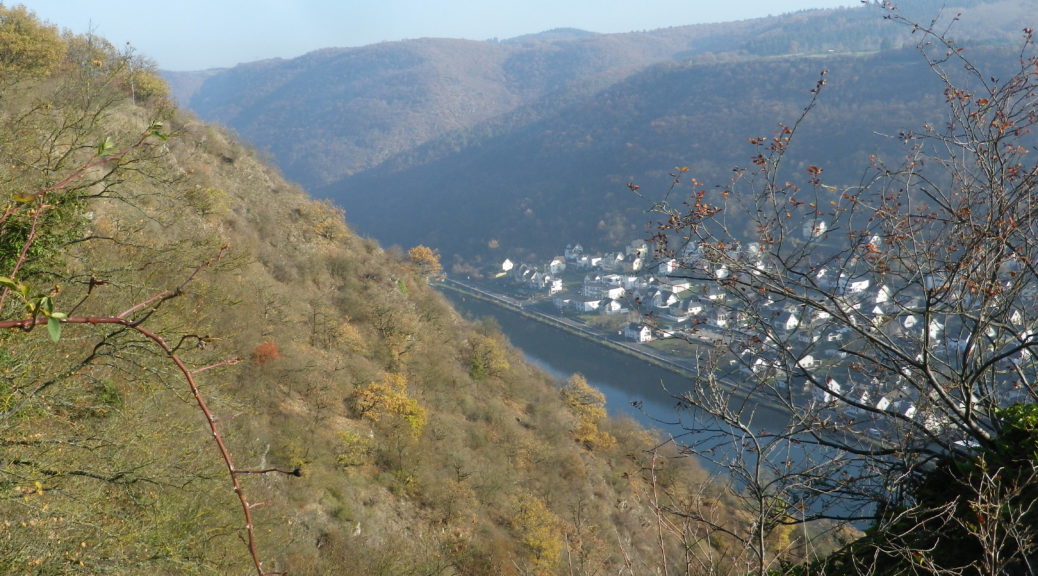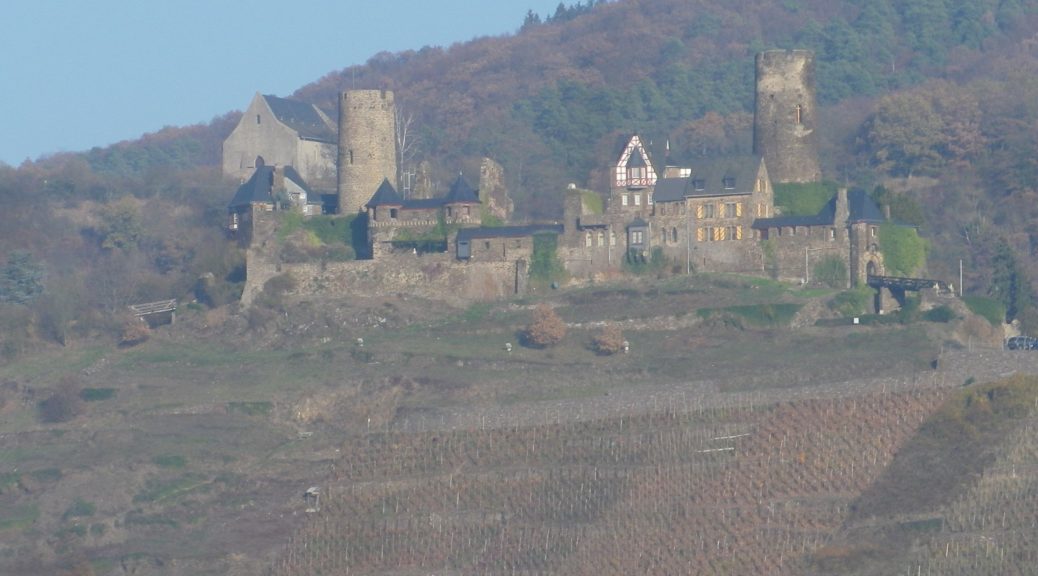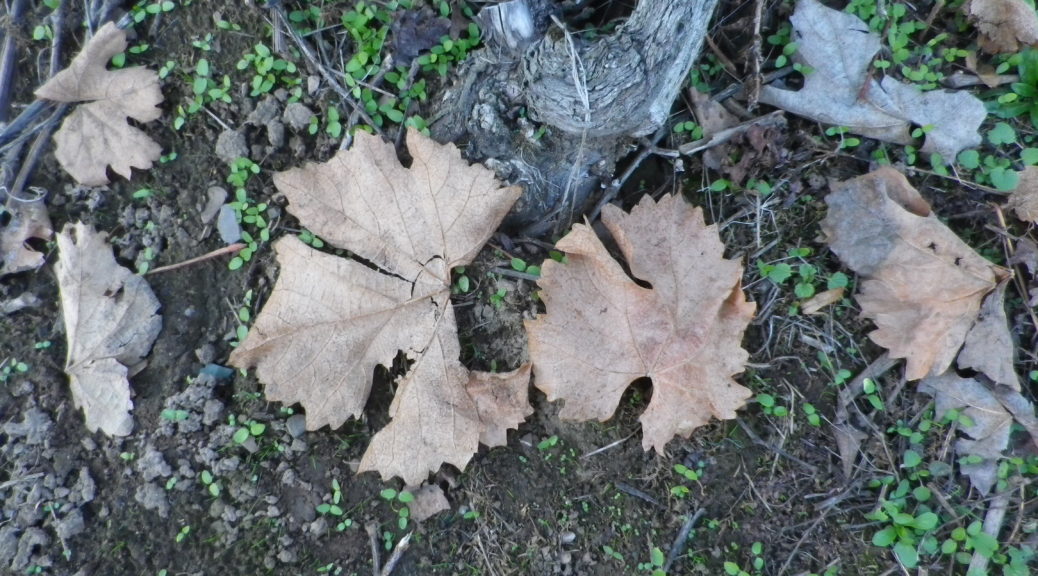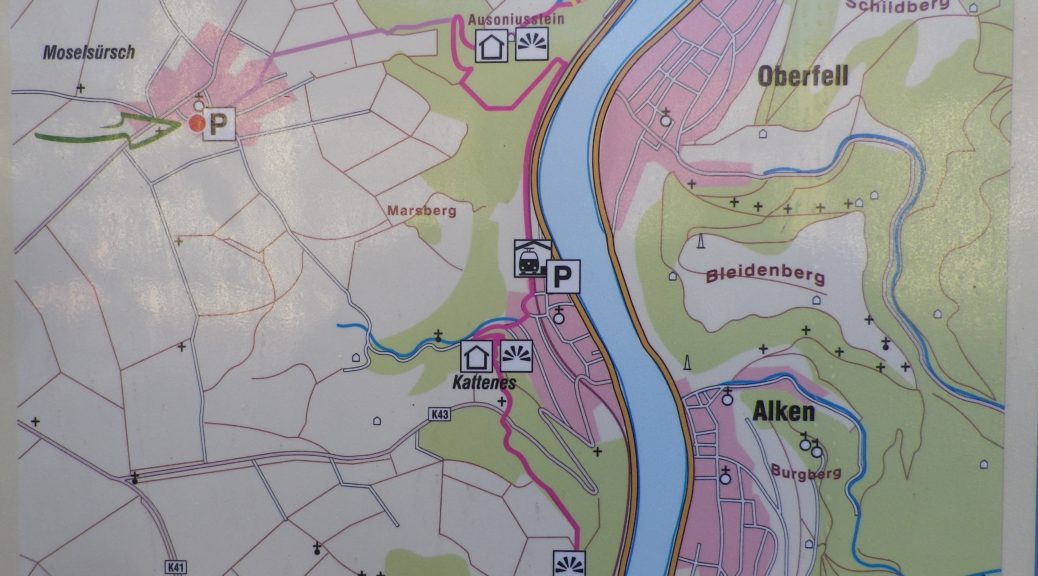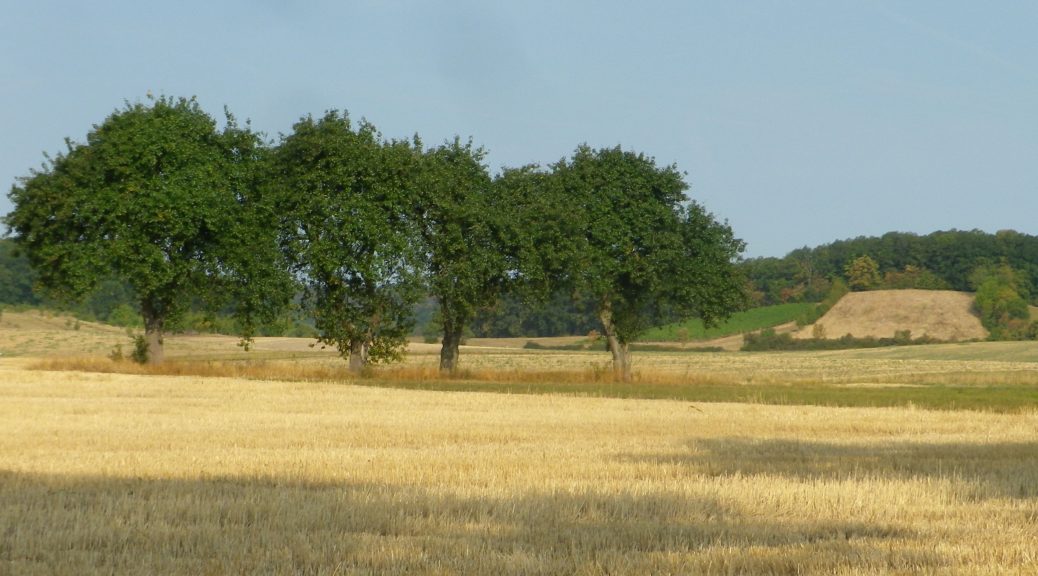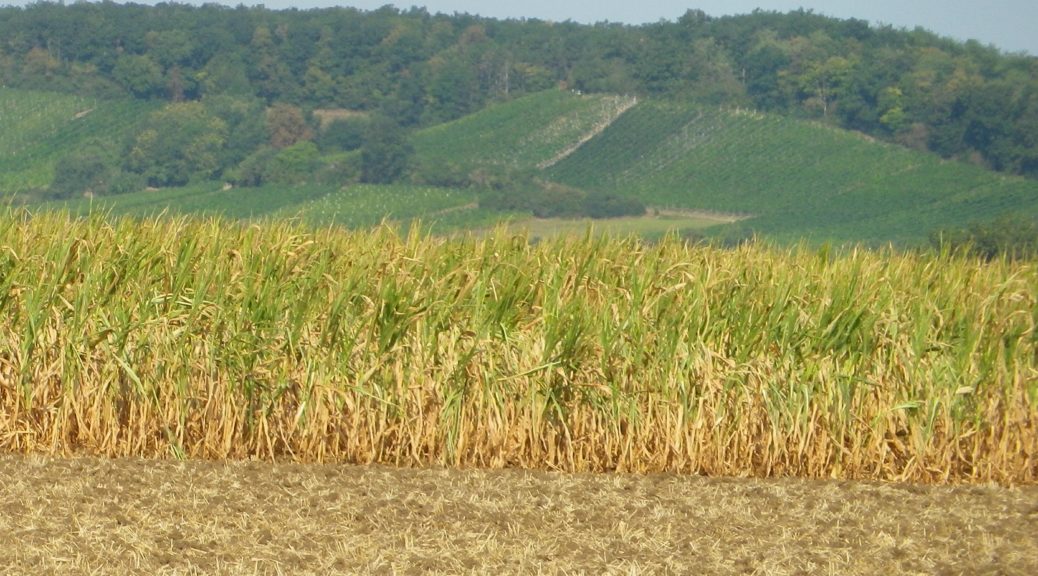Tag Archives: Germany vineyard trails
Walking in a Wonderland
I had hoped to walk in a winter wonderland, it being mid-December. What I hiked instead was a watery wander-land, crisscrossed by trails. But even without snow, it fulfilled the sense of mystery and magic inherent in every Christmas season, and ended up being one of the hikes whose sights and sounds I recall most vividly.
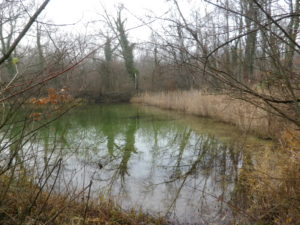
Wine Notes: Baden’s Kaiserstuhl
What I Learned
Within the German wine region of Baden lies the Kaiserstuhl wine district. With almost 4300 hectares (over 10,500 acres), it is the largest of all nine wine districts in Baden.
This district is the warmest site in Germany, with the highest average temperatures and the highest average hours of sunshine. In this district, the vines are planted mostly in terraces, mostly on south facing slopes of the Kaiserstuhl slopes.
The whole area looks and feels volcanic, as it was once one giant volcano. The volcano was active 16 to 19 million years ago, and since then, the terrain has eroded. Hence the underlying geology is volcanic. A layer of loess lies on top of what remains of the eruptions’ geological debris. The vines grow atop this geology in a series of terraces. The cuts in the terraces reveal the meters of depths (achieved over time) of this light-colored sediment. Two of Burkheim’s best known growth areas are Schlossgarten and Feuerberg (literally, “fire hill”).
Trail in a Nutshell: Rheinauen und Weinbergweg
Trail Name: Rheinauen und Weinbergweg
Trail Type: Short distance circuit; somewhat maintained with varied surfaces, tarmac to earthen (to include some wet ones), fairly good marking on the trail, but no trail-specific marking.
Length:
Total – 8.7 kilometers/5.4 miles
Convenient to: Freiburg, or Breisach, Germany
Marking: None specific to the trail, but all hiking trails in the area are marked with the generic yellow diamond on a white background trail signs.
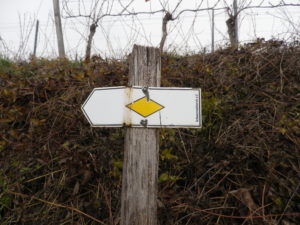
Continue reading Trail in a Nutshell: Rheinauen und Weinbergweg
Gallery November 2022
Trails Along the Moselle
To many wine lovers, the Middle Rhine means exceptional Riesling. To me, the lower Moselle means scenery that is just as dramatic, in a region that is far quieter, with Riesling that is just as good. All that adds up to a wonderful vacation in the heart of one of Germany’s most well-known wine regions.
One of the great things about the Moselle valley is that most towns are all connected by a rail system on the left bank. Hence, going from Koblenz (on the Rhine), upriver to Trier, is both convenient and relatively inexpensive. I began in Lehmen, and hiked, on a variety of paths to Loef, where I spent the night. While I had completed hikes in Hatzenport (just one village away upriver), and another in Winningen, a few miles downriver, I found this short stretch of the valley particularly attractive. Not only were there several hiking trails to choose from (see the accompanying Nutshell here), the scenery was striking, the restaurants very good, and the Rieslings delicious, for less than many comparable Middle Rhine wines.
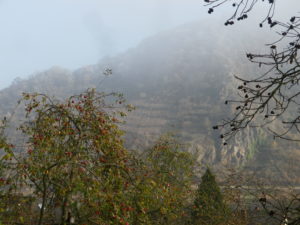
The trails start in the villages along the river, and climb steeply up the cliffs behind them. Due to the steepness of the slopes, the vineyards are small and steep, only rising to a certain point. Above them is forested area, and between it and further above, the trail runs, sometimes narrow and twisting over rock and tree roots, with clear views up and down the valley.
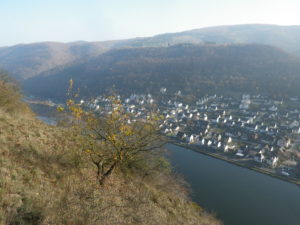
Wine Notes: Lower Moselle
What I Learned:
As the Moselle flows through Germany, beginning at the French-Luxembourg border, and continuing to Koblenz downriver, it is divided into sections: Upper, Middle and Lower. The Lower Moselle section also known as the Terraced Moselle. It is without a doubt the most spectacular area visually: steep slopes rise from the river edge, as the Moselle twists and turns on its way to join the Rhine.
This area, downriver from the famous wine village of Cochem, to the river mouth at Koblenz, boasts some of the steepest vineyards in the world. Hence the need for the narrow terraces which dominate the landscape on the vine-bearing hills of this sector. Between the villages of Loef and Lehman, the Loefer Sonnenring Vineyard has a gradient of up to 50 percent! Because of the steepness and terraces, the vines in this sub-region are mostly all worked by hand, resulting in wines that generally are a bit more expensive than other regional wines.
Wuerzlaysteig: Trail in a Nutshell
Trail Name: Wuerzlaysteig (See Comments below)
Trail Type: Middle distance; well-maintained but with very diverse surfaces along the trail; marking on the trail is good, albeit not necessarily for just one specific trail. (See Comments below)
Length:
Total – 13 kilometers/8 miles
Convenient to: Koblenz, Germany
Marking: (See Comments below as well)
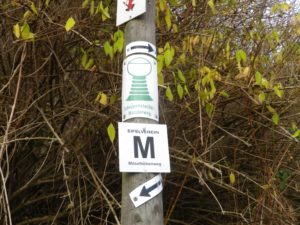
Gallery August 2022
Cycling the Bocksbeuteltour
A Bocksbeutel is such a distinctive type of wine bottle that words fail me when it comes to describe it. So, I turned to the internet and found in Wiki: “a flattened ellipsoid.” (Try to remember that from geometry class.) Better yet, because “a picture is worth a thousand words,” I photographed a bottle.
